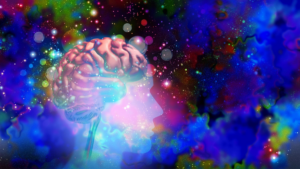
Decades after most hallucinogens were outlawed in the 1970s, scientists are researching their use in treating disorders like post-traumatic stress disorder, depression, and addiction. How they work is still a mystery.
Across the Duke University School of Medicine, researchers are starting to understand their magic.
When people use psychedelics, several processes are believed to be at play in the brain. The substances can change how certain mood-related chemicals including serotonin receptors work, potentially reduce inflammation, and increase communication between specific emotional and sensory processing networks.
These mechanisms might help explain the profound and sometimes healing effects of psychedelics MDMA, psilocybin – the primary compound in magic mushrooms — lysergic acid diethylamide (LSD) and ketamine, all known for their hallucinogenic properties.
Continue to the full article here.
